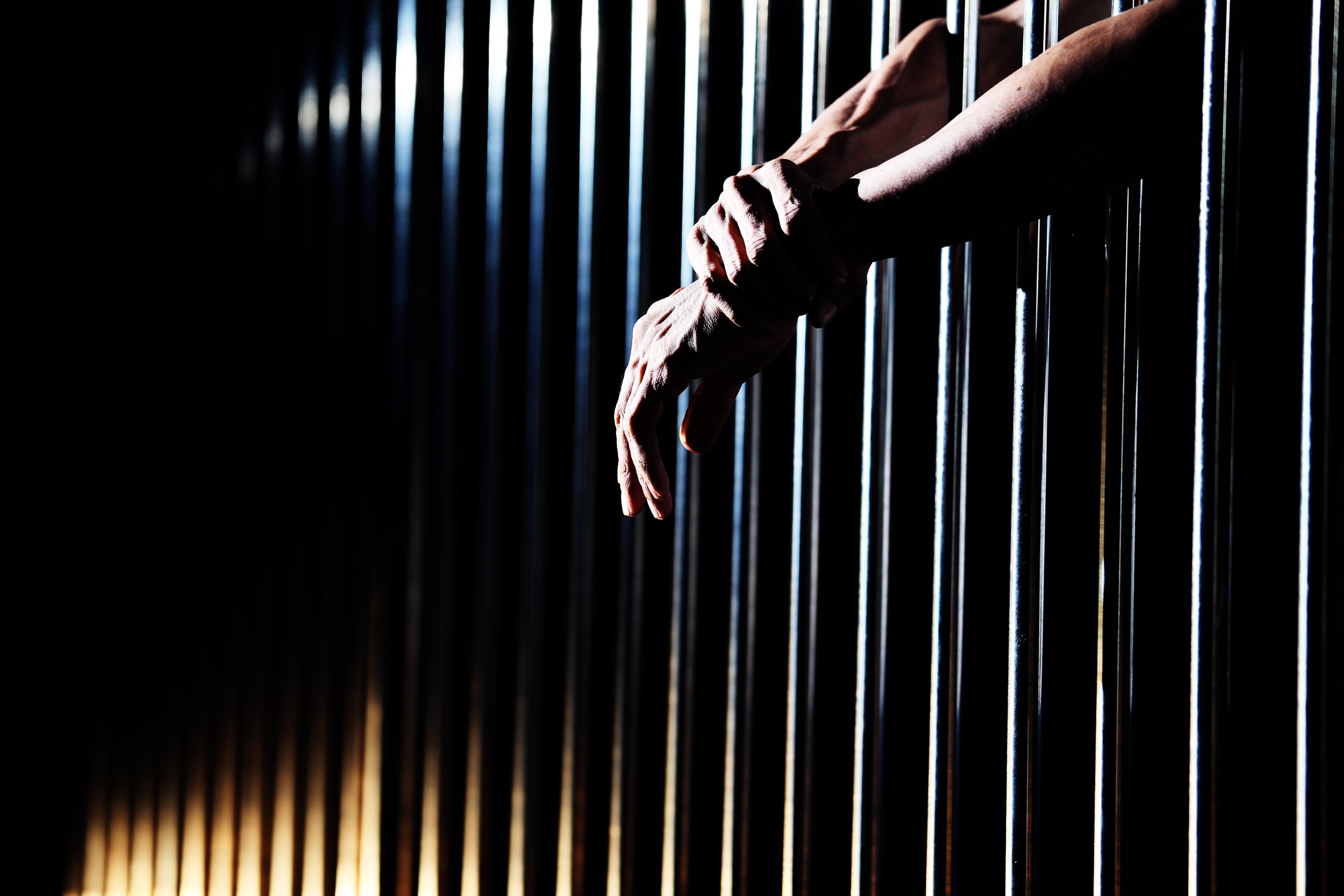
Detecting vital signs through sensor fusion
The Challenge
In 2022 the Corrective Services NSW put forward a Vital Sign Monitoring Challenge through the SBI. It was seeking non-invasive technology solutions to monitor the vital health signs of inmates while in their cells. The challenge was how to measure these vital signs without the use of wearable sensors (which could be tampered with), and standard CCTV cameras have blind spots and can often be obscured. The data collected was ultimately assist with understanding the physical and mental health of inmates, so that any abnormal behavior could be intervened. The project called for new and novel technologies that could work in a prison cell environment, provide sufficient information and at a estimated price point so that it could be scaled up.
The Solution
Since no single sensor can collect all the relevant information, a team at the Univeristy of Sydney decided to take a sensor fusion approach, combing optical, infrared and radar sensors. The prototype aimed to use mm-wave radar senosrs to measure the respiratory rates, but since these measurements would be complicated by the motion of the person, a low-cost infrared sensor was used to measure broad motions. By subtracting this broad motion from the high resolution radar measruements, an accurate respiratory rate was able to be extracted. The team, based at the University of Sydney, explored the use of novel photonic-radar capablitles that offered unprecedented accuracies – and conducted a study to understand the feasibility of this technology for this application. As part of the project, the team spun-off a company Vital Photonics to undertake this work.


